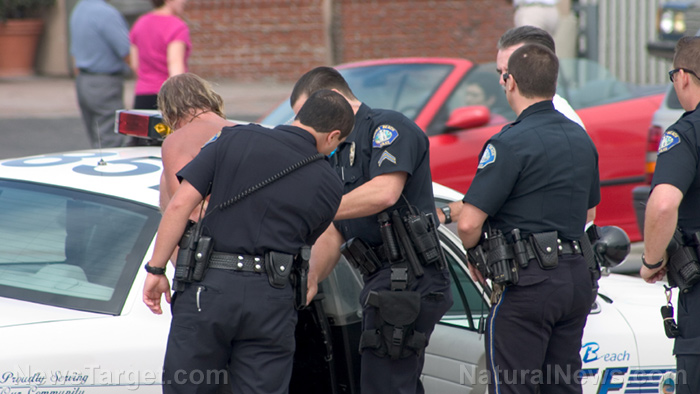
In the leadup to the Formula 1 event, police trained employees of local hotels, nightclubs and airlines on spotting the signs of sex trafficking as they were expecting victims to be flown in for the week. However, authorities emphasized that this behavior is not just a tourist-related matter or something that only happens on the Las Vegas Strip; it is an everyday reality in neighborhoods around the country.
This week, authorities shared the results of the sting with the public. According to the Captain of the department's Gang, Vice and Special Investigations Bureau, Hector Cintron, 36 people were arrested for pandering as part of the operation, along with 31 arrests for soliciting services and seven arrests for luring a child. Authorities report that everyone who was brought into custody as part of the operation believed that they were going to meet a child for sex.
The Las Vegas Metropolitan Police Department partnered with the Resources and Integration for Survivor Empowerment program (R.I.S.E.) to form a vice operation center that operated for 24 hours a day throughout the week in question. This particular sting took a victim-centered approach that saw victim advocates responding along with police officers to each scene in order to offer victims services and resources that can help them.
Cintron reports that some of the victims encountered in these types of cases are not aware they are victims. He noted: “Most victims do not see themselves as victims, and it’s important to address the psychological component of this crime, whether it’s sexual abuse at a young age or a predator targeting an emotionally vulnerable person.”
Deputy Chief Nicholas Farese said that five juveniles who are believed to be victims were identified and recovered as part of the operation. All of them are young people who were reported as runaways and were later preyed on by sex traffickers.
As part of the operation, police identified a total of 215 victims and offered services such as legal protections from those who are trafficking them as well as emergency housing. However, only 21 victims accepted these services. This represents just 10 percent of the victims that officers contacted and offered services to. Farese noted that it is not unusual for victims to resist initial outreach efforts.
He said: “It often takes multiple contacts with these victims before they decide they are ready for help.”
The CEO of R.I.S.E., Kimberly Small, said that every single person they can help is considered a “huge win” regardless of the overall proportion of victims who accept help. She said: “We do this on a daily basis. So when we see victims that want to follow up, we see that as a win. Each and every time we see it as a win, no matter how many.”
Greater awareness of the signs of sex trafficking is needed
Farese said that the department plans to launch a local public awareness campaign to teach their community how to identify the signs of sex trafficking. For example, some sex trafficking victims may appear to be disconnected from their friends or family and appear fearful or as though they are under the control of another person. Other signs include going out alone late at night, dressing up to look older than their actual age, or missing school.
Cintron said that parents should check their children's phones to see who they call and text and who they interact with on social media. It is also important to have conversations with them about these dangers and let them know what they should look out for to avoid becoming a victim.
He added: “Each of these victims is someone’s daughter, sister, or family member. Together, as a community, we can help them become survivors.”
Sources for this article include:
Please contact us for more information.

















